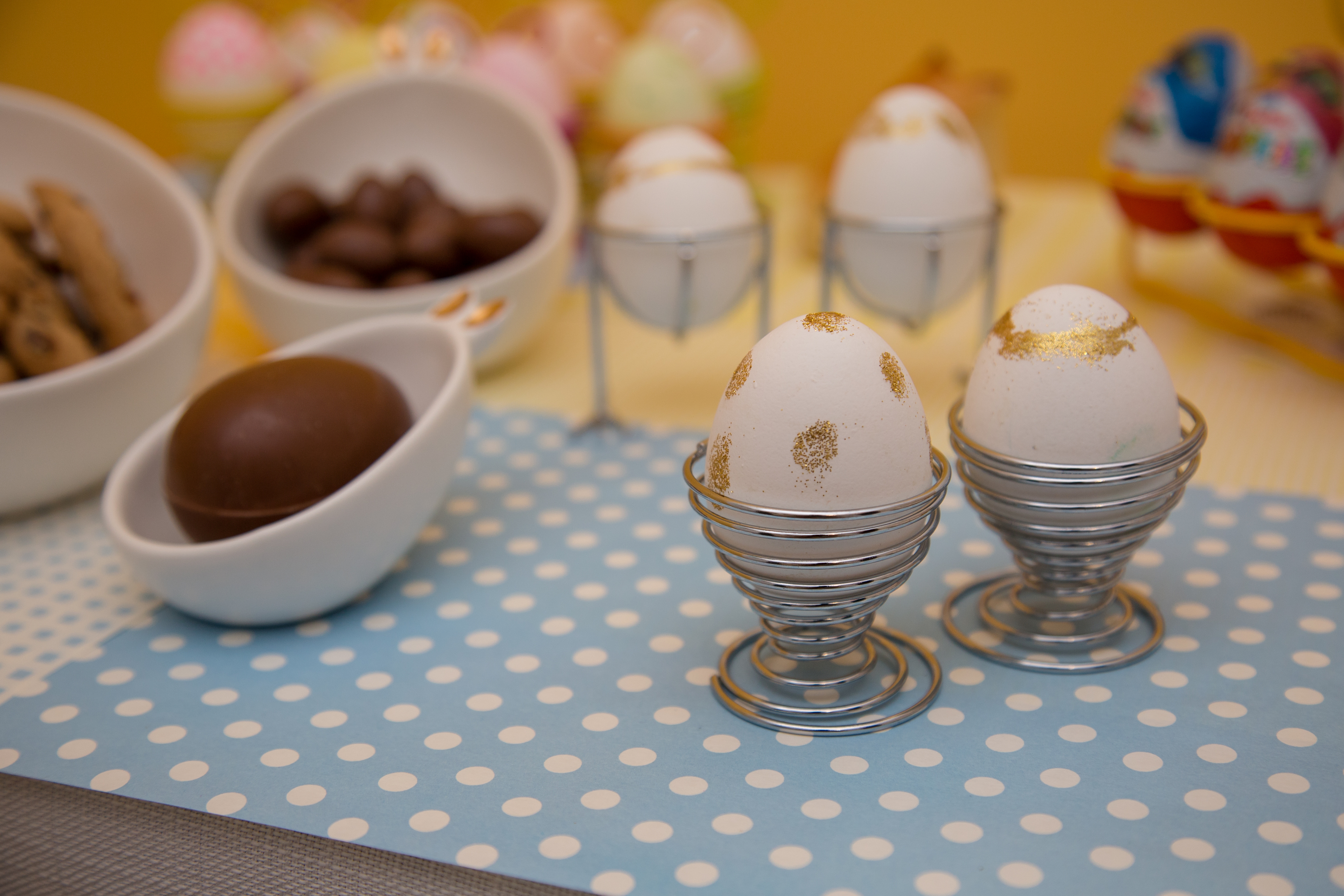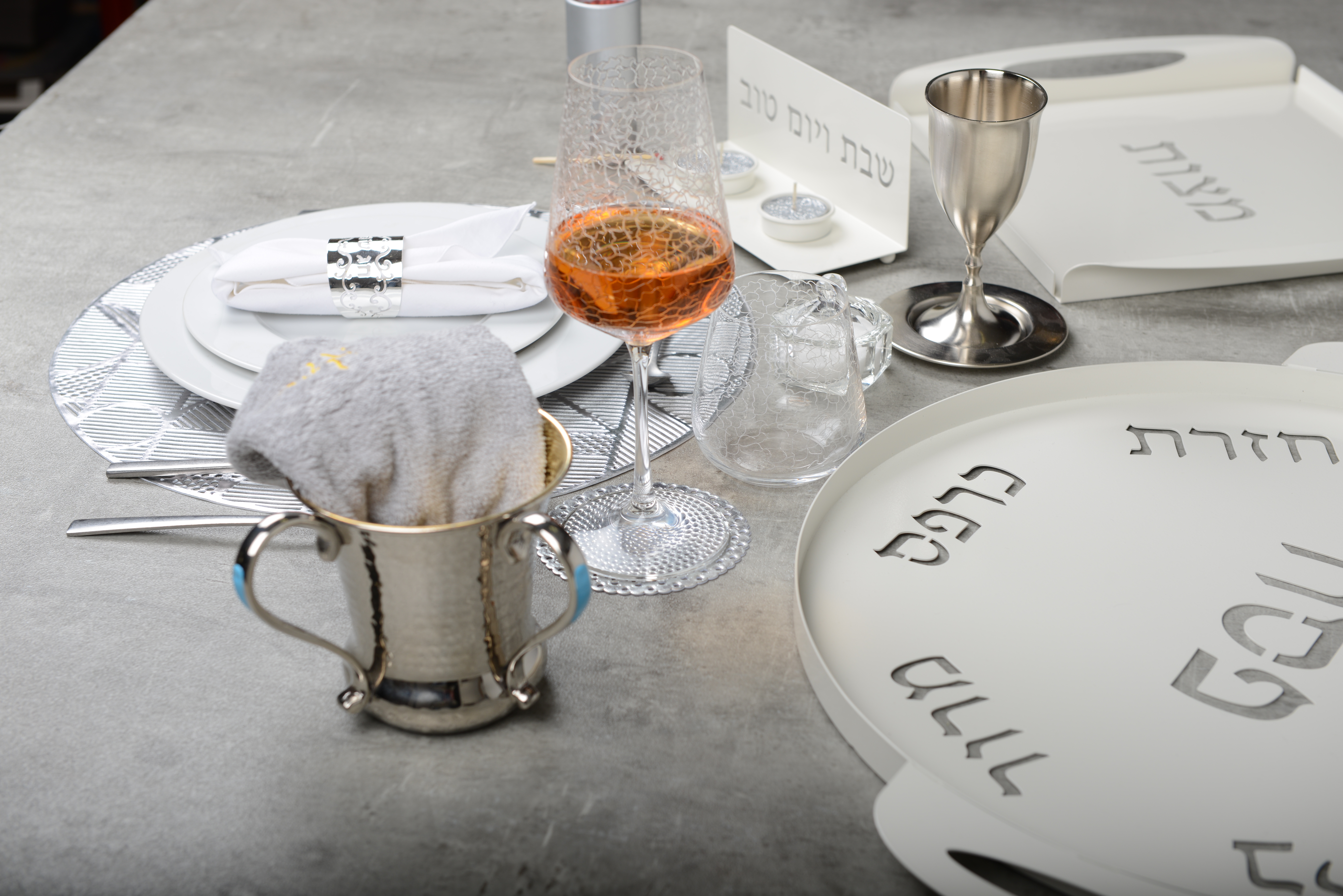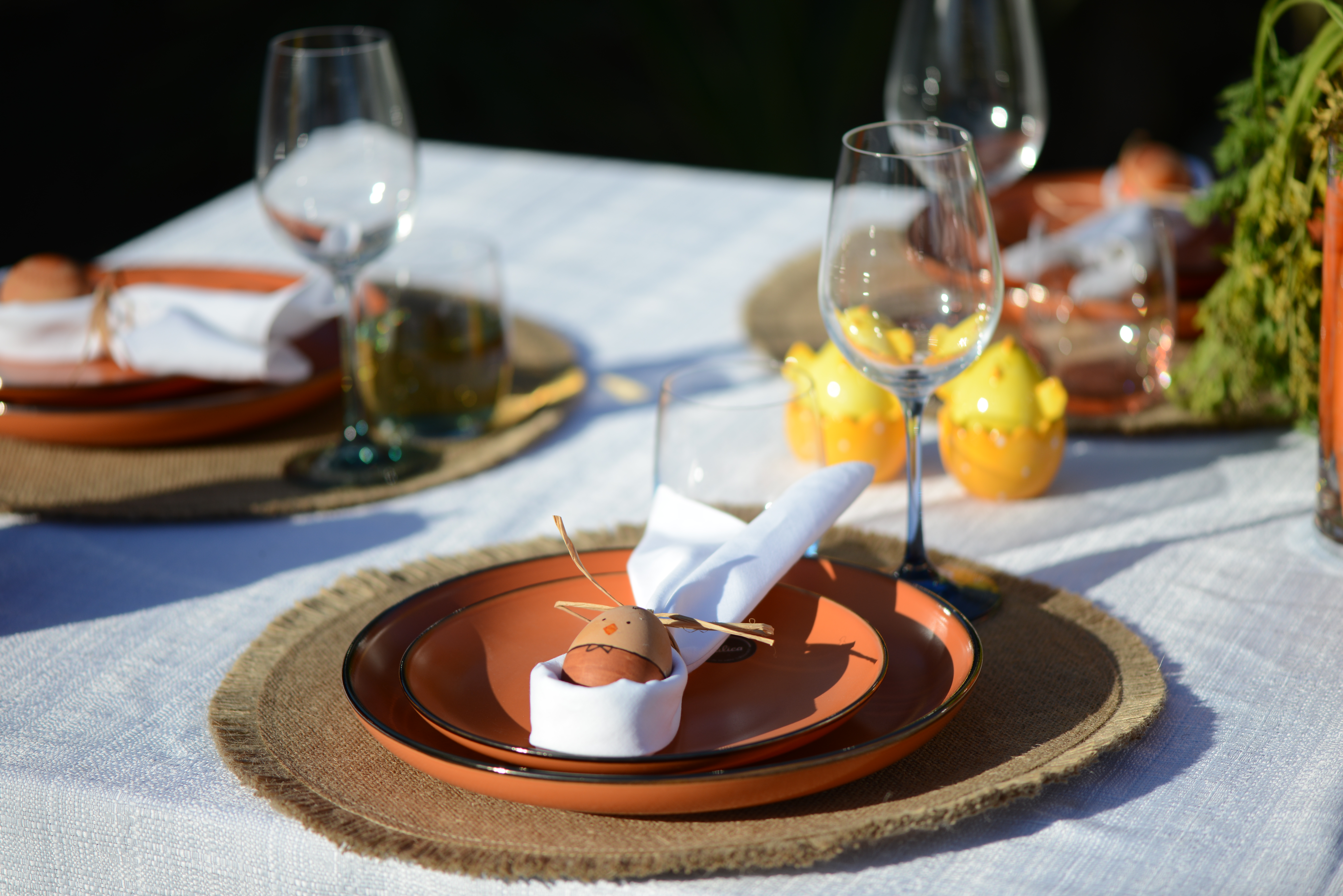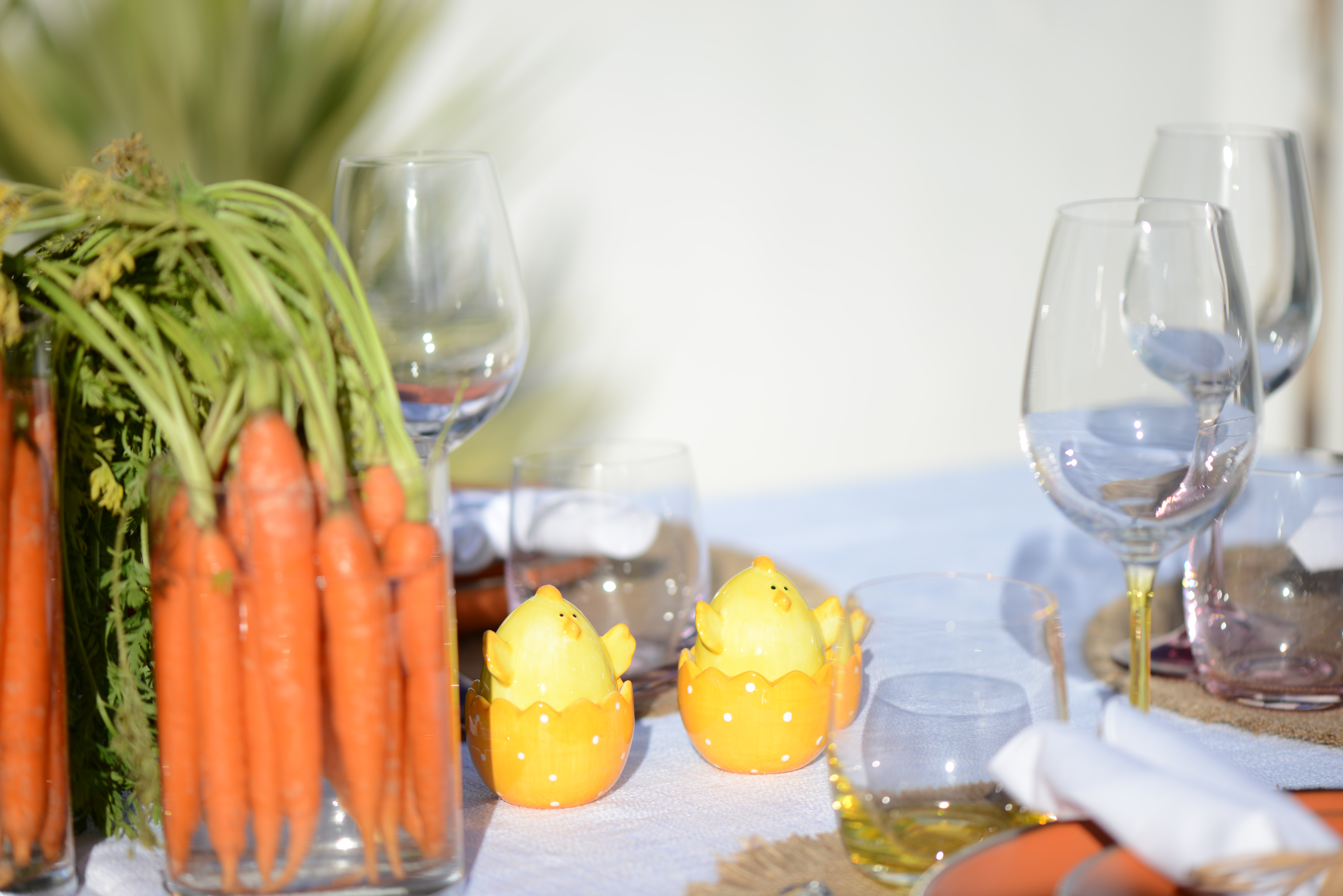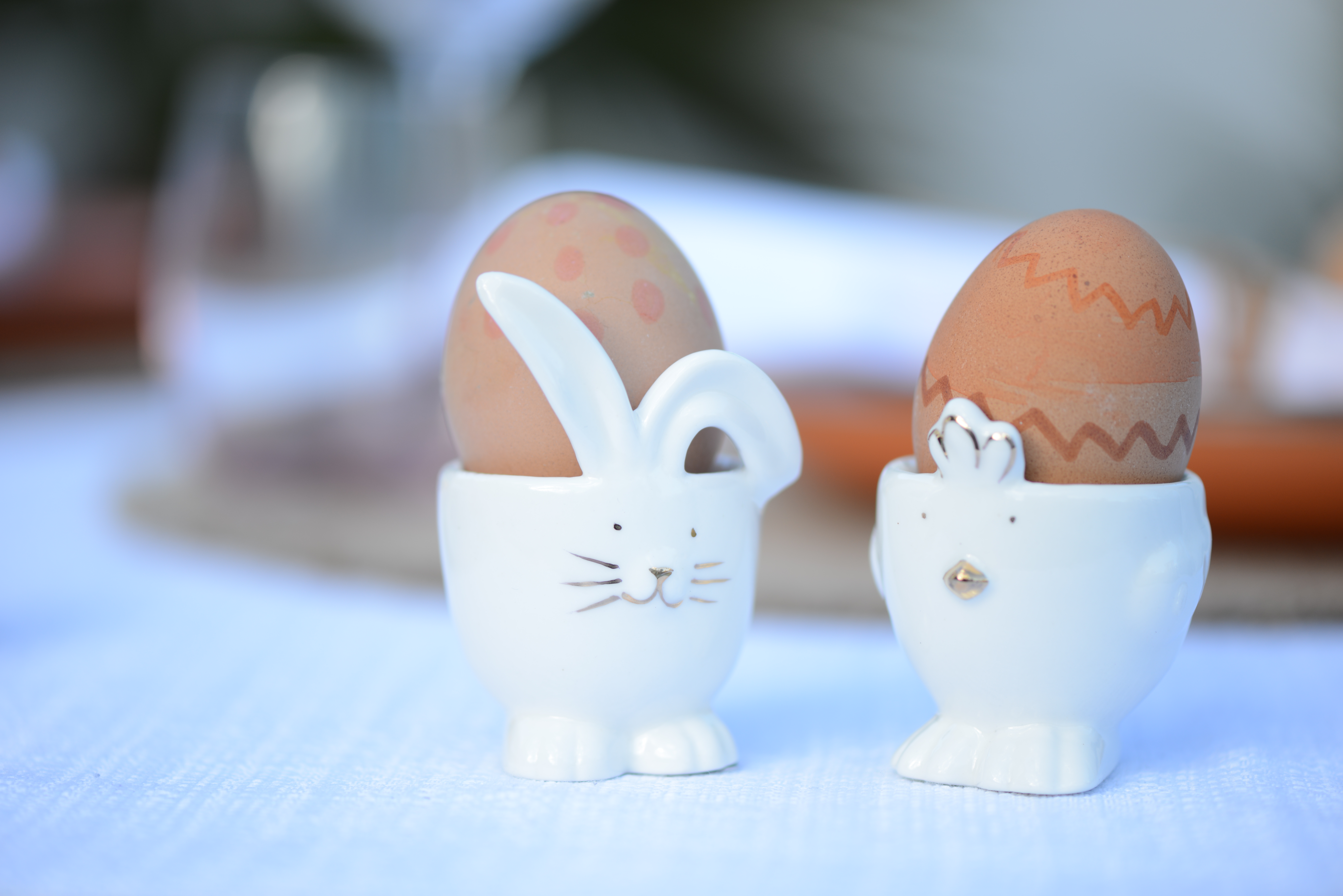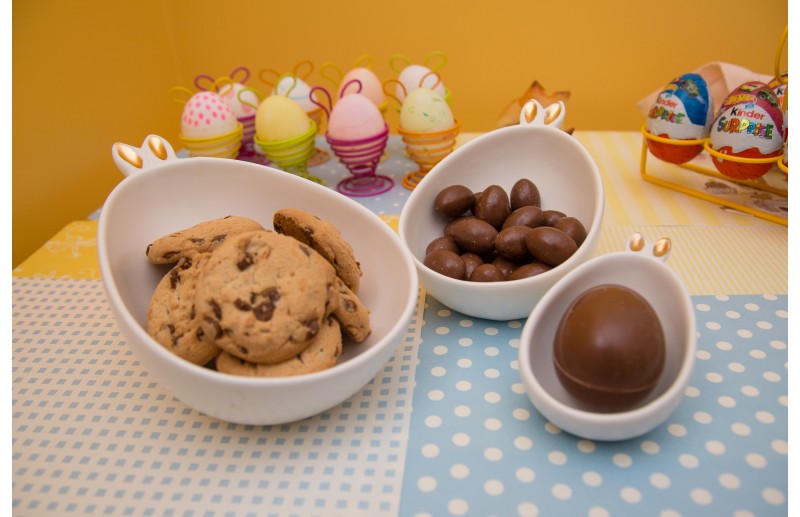
Easter party
What is the symbolism of Christian Easter?
For Christians, Easter is the most important religious festival and marks the event in Jesus' life on which their faith is based, namely his resurrection. The celebration of Easter concludes Holy Week, which describes the Passion of Christ, from the Last Supper - his last meal - to his crucifixion and burial. In the Christian religion, this festival symbolises the sacrifice of Jesus Christ for mankind, but also a certain spiritual renewal and confirmation of faith.
Some Easter traditions
There are many Easter traditions around the world. Let's mention some of them that are found in France.
- Decorated eggs: this custom, which dates back to the Middle Ages, comes from the fact that during Lent, the consumption of eggs was forbidden, as a result of fasting and abstinence. In order not to lose them, they were only eaten during Mid-Lent, when pancakes and doughnuts were prepared, and then those laid the following days were decorated to be offered at Easter.
- Chocolate eggs: In the 18th century, eggs began to be emptied and filled with chocolate to be given away. Chocolate egg moulds only appeared in the 19th century as manufacturing techniques evolved.
- Easter bells: it is a popular tradition that the bells, which left Rome on Holy Thursday, bring the eggs on Easter morning and ring out the resurrection of Jesus. In eastern France, the stork or rabbit sometimes replaces the bells to bring the Easter eggs.
- Egg hunt: Traditionally, eggs and other Easter chocolates are hidden in gardens, houses or flats for children to collect.
What is the symbolism of Passover?
Pesach: The Jewish Passover holiday. Many rites are associated with it: the prohibition of eating any food containing yeast during the festival, the commandment to eat matzot, i.e. bread that has not risen, the story of the exit from Egypt and the evocation of the miracles that took place there... The Seder is the ritual meal eaten on the first two evenings of the Jewish holiday of Passover. A dinner is also served during the Seder. The table is set as beautifully as possible, as a sign of freedom.
Our Easter tips!
Chocolate is an essential part of Easter. In the form of small praline eggs, fried eggs, bell-shaped moulds, bunnies, hens or eggs, but also in desserts, it invites itself to our table during the Easter weekend.
In this special year, why not make your own chocolate eggs, here are some tips:
- The chocolate tablé must be kept at a temperature of between 20 and 30°C for moulding. You will use it to mould hollow chocolate subjects such as large eggs, bells, rabbits, etc... which you will garnish according to your tastes
- Covering chocolate. For moulding chocolate sweets, Easter eggs and other sweets, it is essential to use couverture chocolate, whether it is dark, white or milk. Its higher cocoa butter content (32% minimum) gives it a better fluidity which will be decisive for working the chocolate.
- The variety of chocolate. You are then free to choose the strength of flavour you want from the range of these couverture chocolates according to the percentage of cocoa, which ranges from 50 to 70% for dark couverture chocolate.
- The chocolate must be tempered or tabbed before moulding. This operation is necessary to obtain a shiny, smooth and crisp chocolate. It also allows the chocolate to develop its flavours and to be easily removed from the mould.
- Tempering chocolate consists of heating and cooling it according to a precise temperature curve which differs according to the nature of the chocolate (dark, white, milk) and the tempering method (or tablage) chosen.
Once the Easter celebrations are over and you don't know what to do with all that chocolate, we have the solution to avoid wasting it. Here is a clever recipe for reusing your Easter chocolate:
Caramel chocolate fondant :
STEP 1
Preheat your oven to gas mark 6 (180°C). In a bowl, melt 130g of chocolate and the butter for 2 minutes in a microwave oven at 500W.
STEP 2
Add the sugar, eggs and flour. Mix well. Add the rest of the chocolate, chopped into large chips.
STEP 3
Butter and flour your cake tin and pour in the cake batter.
STEP 4
Bake for about 15 minutes.
STEP 5
If the chocolate caramel fondant doesn't seem to be cooked enough when you take it out of the oven, let it cool and then remove it from the mould.
And finally, the decoration!
Because a decorated party table brings a warm atmosphere to your family gatherings. You can count on Aulica to inspire you!

